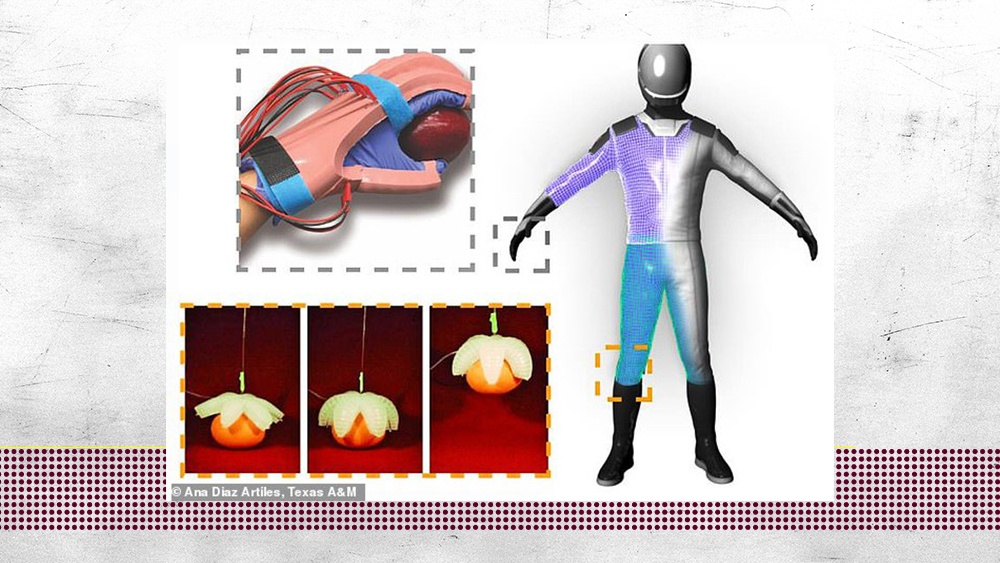
NASA’s Management and Development of Spacesuits audit in 2017 noted that NASA continues to manage an array of design and health risks associated with the current suit worn in space, the Extravehicular Mobility Unit (EMU). A new intelligent hybrid SmartSuit design proposed by Dr. Ana Diaz Artiles from Texas A&M University has the potential to solve some of these issues.
The SmartSuit, a spacesuit designed in mind for planetary exploration of the moon and Mars, incorporates soft robotics technology, lending better mobility and dexterity to the astronauts and allowing them to better interact with their surroundings during extravehicular activities (EVA). The technology was recently selected for a NASA Innovative Advanced Concepts (NIAC) Phase I grant.
The suit will incorporate a soft and stretchable self-healing skin located in the outer layer that not only protects the astronaut but also collects data through integrated, transparent sensors embedded in the membrane. These sensors are capable of visually displaying environmental and membrane structural information, providing visual feedback to the wearer about the surroundings.
The current suits worn when working outside of the International Space Station (the EMU) are highly-pressurized with no robotic assistance, requiring astronauts to work against the suit and use their strength to move. “The spacesuit is like a big balloon. When you try to bend your leg it has this tendency to come back to the natural position, so you’re fighting against the suit every time you try to make a move,” says Diaz Artiles, adding that this can lead to astronaut fatigue, as well as musculoskeletal injuries and discomfort.
The soft robotic technology proposed can increase human performance during EVA, improving mobility within the suit and allowing for a full range of movements. The sensors embedded in the skin of the suit will allow for an enhanced interaction with the environment during EVA, permitting astronauts to actually “feel” rocks when exploring the Mars surface.
Another benefit to the soft robotic layer, when extended over the entire body surface, is the generation of a continuous mechanical counterpressure. Decompression sickness (DCS) is an important consideration during EVA operations. To prevent DCS during exposure to spacesuit pressures, astronauts pre-breathe pure oxygen prior to depressurization to wash out nitrogen from body tissue. The duration of this pre-breathing can be as long as four hours.
With some pressure being provided by the soft robotic layer, the gas-generated pressure in the suit could be lowered, which in turn could result in a significant reduction in pre-breathing times necessary, dropping from four hours to as little as 90 minutes.
In addition, the self-healing membrane of the SmartSuit has the potential to protect an astronaut in the event of a puncture during an EVA on Mars surface, increasing astronaut safety during traverses. The stretchable optoelectronics embedded in the membrane will provide a means of monitoring spacesuit stress, helping to determine where failure in the suit is most likely to occur and notifying the astronaut if the self-healing membrane is severely damaged.
In the 2019 round, NIAC selected 12 projects for the Phase I awards, valued around $125,000. The Phase I studies are exploratory, nine-month projects that allow researchers to further develop their ideas. If the concept is awarded Phase II, the project will move forward with up to $500,000 more in funding for two years to advance the technology even further.
Diaz Artiles, assistant professor in the Department of Aerospace Engineering, will lead the mission architecture work of this study, including a comprehensive biomechanical and human performance analysis. Her co-investigator, Dr. Robert Shepherd, associate professor at Cornell University, will analyze material and mechanical metrics for manufacturing the SmartSuit and will also perform preliminary experimental validation of its core concepts.